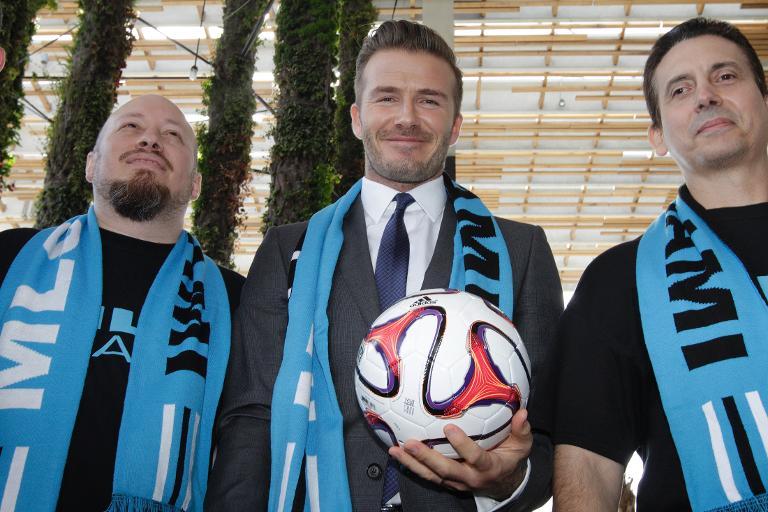 More than half of all abuse identified was of racist or sexualised nature
More than half of all abuse identified was of racist or sexualised nature
Racist abuse increased by 14% compared to 2022
World Athletics published findings of a study conducted during the World Athletics Championships Budapest 23 focused on identifying and addressing abusive and threatening behaviour aimed at athletes on the X and Instagram social media platforms.
Building on the past two years of implementing greater safeguarding measures in athletics, 449,209 posts and comments were analysed between 18-28 August for abusive content in 16 different languages and additional dialects, protecting 1344 athletes with 1666 active accounts across both platforms.
This included text analysis, through searches for slurs and other phrases (including emojis) that could indicate abuse. Image recognition tools were also deployed to flag potentially offensive images. These findings were then compared to results from the previous study, conducted a year earlier at the World Athletics Championships Oregon22 (15-24 July 2022).
The research once again identified clear instances of online abuse and threats, targeting athletes competing at the World Athletics Championships Budapest 23. It detected notable examples of racist and sexualised abuse, with a selection of posts extending into potential action from law enforcement.
The study revealed:
- X (formerly Twitter) was the preferred channel for abusers, accounting for almost 90% of detected abuse, a 500% relative increase compared to 2022
- Racist abuse made up over one third of all abuse, an increase of 14% from 2022
- Male athletes faced an increase in abuse, with the gender split of abuse being 51% targeting men and 49% targeting women
- Two athletes out of 1344 monitored received 44% of all accounted abuse between them
“Athletes should not have to accept abuse as an inevitable consequence of being on these social media platforms,” said World Athletics CEO Jon Ridgeon.
“We are the No.1 Olympic sport and have a responsibility to protect our athletes, on and off the field of play. So as we enter an Olympic year, with the extra attention that brings, we are seeking urgent meetings with these platforms to achieve a greater level of enforcement and safeguarding for our athletes.”
“Over the past six years World Athletics has invested significant time and money in educating its stakeholders on maximising their potential on digital platforms. However, we can only do so, knowing they are protected and not exposed to abuse. In line with our Safeguarding Policy, we will continue to closely monitor developments across these channels to help guide our future programmes and priorities.”
The levels of abuse detected during Budapest were noticeably higher when compared with the previous year’s study conducted during the World Athletics Championships Oregon22. Of the instances of racist abuse detected, the vast majority came on X. The abuse was overwhelmingly targeted at black athletes, with invocations of monkey imagery and deployment of the N-word in several spellings.
This is the third study of its kind in athletics and forms part of a research project World Athletics is conducting stretching over four years to fully understand the size, scale and gravity of online abuse athletes face during major sporting events. It is the third deployment of Threat Matrix, an initiative by data science company Signify Group, supported by sports investigations company Quest.
With a fourth study due to be carried out at the Olympic Games in Paris next year, the combined research will then encompass data from two Olympic Games as well as two World Athletics Championships, with events staged across Asia, Europe and North America.
NOTES:
Following the expansion of coverage from 2021 to 2022 from one to two platforms, analysis was further expanded in 2023, monitoring almost three-times the number of athletes compared to 2022, increasing the total number of athletes protected from 461 to 1344 in 2023.
The expansion of athlete coverage for Budapest has shown that while the number of athletes targeted during a competition can run deep, only a handful of athletes often make up the majority of recipients of abuse.
This is significant as it represents both a need and opportunity to shape the way in which athlete welfare is handled during and after competition. There is an opportunity to pre-emptively intervene with athletes who are frequently targeted, which has guided some of the measures World Athletics is implementing to further protect its athletes.
Ahead of 2024 – and especially in a year when even more attention will be on our athletes as participants in the #1 Olympic sport – World Athletics
- has reported detected abusive posts to the platforms and their removal status is being tracked.
- is investing in additional systems including the use of artificial intelligence (AI) to further protect athletes from online abuse, keeping their social feeds free from hate and allowing them to concentrate on their performance. It also stops their followers from being exposed to hate speech.
- will provide platforms with additional data to help further improve their services to ensure better protection of athletes online as well as more equal coverage.
- will look to closely work with platforms to support and educate athletes and other stakeholders around best practices and protection online.
- will provide its findings to wider research projects designed to tackle hate speech in sport.
In order to understand the correlation between media coverage and the type of comments athletes receive online, further research into media coverage and search engine data, which directly impacts how discoverable athletes are to audiences around the world, will be used to help shape further measures World Athletics will take to promote and protect its athletes in 2024 and beyond.
The findings of this research will be published in due course along with more concrete actions. – WORLD ATHLETICS


































